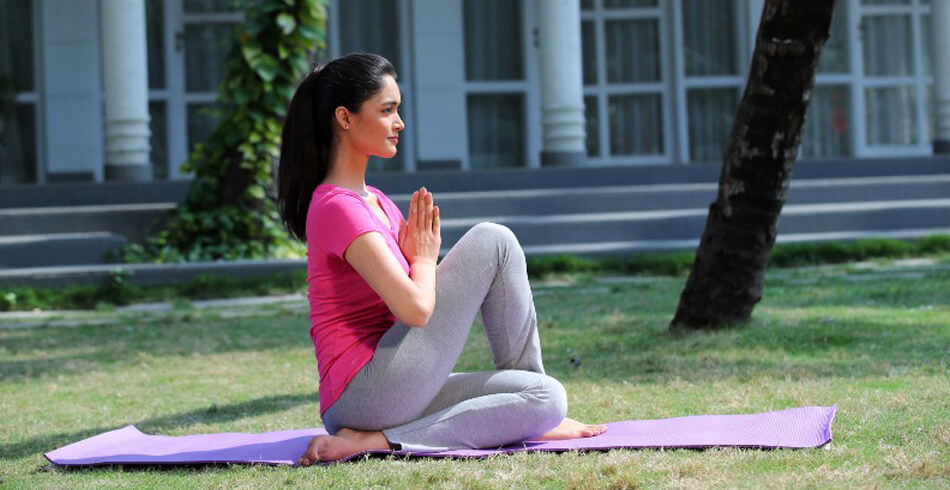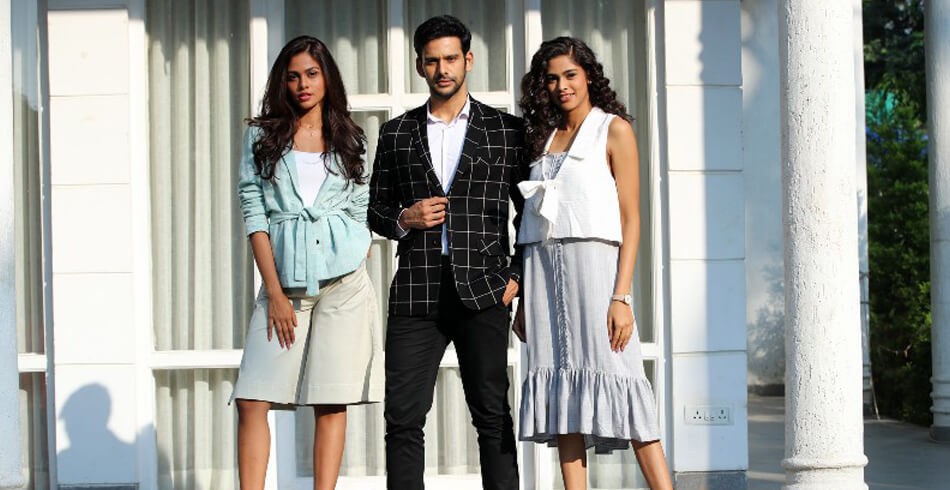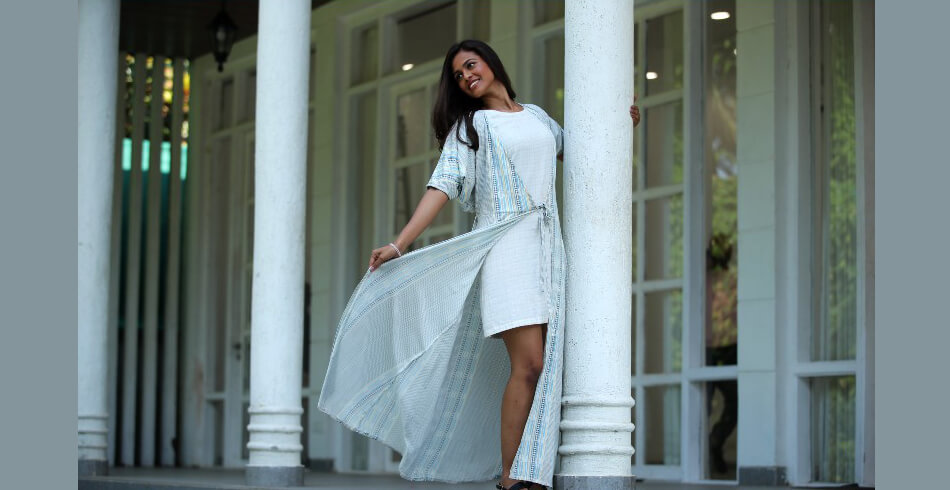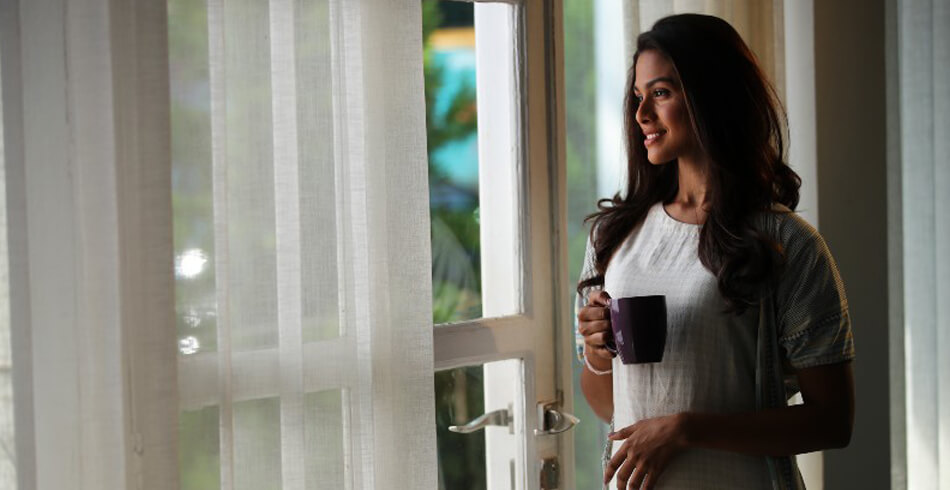What is circular fashion – and how can you be a part of the movement?
June 08, 2021What happens when you toss out an old bag, or a pair of jeans that doesn’t fit you anymore? It ends up in landfills. In fact, landfills are brimming with so much urban waste that by 2050, India is reportedly going to need a landfill that’s the size of its capital, as claimed by a joint report by ASSOCHAM and accounting firm PwC.
A phenomenon that follows the take-make-dispose pattern, Fast Fashion is harming the world more than we realise, contributing to the environmental challenges we face today. And our chase for low prices and elevated styles is fueling the same. Brands are producing garments at a rapid pace and in high volumes, and consumers are constantly thirsting for the next big trend which they can buy without burning a hole in their pocket. But the overproduction, the demand for low costs—and everything in between—give way to outfits with shorter life spans and cheaper quality among other things. All of this combined, impacts the ecosystem to a large extent.

However, let’s take a minute to talk about the solution. Circular fashion—a system in which articles are circulated and reused for as long as they can be, before being decomposed safely—is one way to do your small bit and reduce the harmful impact of fast fashion. It’s the new buzz word in fashion — something that sustainability experts swear by.
What exactly is circular fashion —and how can you be a part of the movement?

In this circular model of production, distribution and usage, every garment is made keeping its next use in mind. It’s designed for longevity, biodegradability and recyclability. It’s sourced and produced without using any techniques or materials that are toxic for the environment. This way, in its entire lifecycle, the article doesn’t harm the environment at any stage. But, goes without saying, the success of the model is dependent on the consumer’s actions. And for starters, it’s essential that we buy sustainable fabrics and reuse and recycle garments. Apart from that, we also ought to use, wash and repair them with care; and consider swapping, renting and redesigning instead of buying more. Last but not the least, it’s always best to choose quality over quantity.
In an attempt to help reduce waste, the textile and fashion industry is rigorously working towards adopting more sustainable practices to support Circular Fashion. While many fashion and lifestyle brands are now using energy-efficient technologies to recycle clothes, leading designers are using textile waste to create new collections. Manufacturers, too, are using textile waste as raw material to make new fibers and fabrics.
Among several brands, Birla Cellulose has adopted circularity in design to produce more with less — while also continuing to delight its customers with its products and services. It’s gradually moving towards a circular economy, a regenerative system that needs to become mainstream for a healthy future of our planet.

How is LIVA championing circular fashion?
LIVA, by Birla Cellulose, has been a pioneer in the sustainable fashion industry of India for years with the new-age innovations adopting circularity in an attempt to break the linear chain. LIVA fabrics are made with eco-friendly fibers and materials, are sourced from sustainable forests, consume less water, biodegrade quickly, and are luxuriously soft at the same time. While less than 1 per cent of material used to make new clothing comes from recycled sources, LIVA Reviva is made using pre-consumer cotton waste, with each product having 20 per cent of recycled fibers.

But, when it comes to clothing, we know that being a responsible shopper isn’t the only key thing. The fashion we buy needs to be in sync with the global trends, too. LIVA’s nature-based fabrics are not only ethically produced, but also satisfy your style requirements by being trendy and high on fashion. They’re comfortable — helping you live your flow and be consciously fashionable at the same time. So, why the wait? Buy sustainable, and use your buys for as long as their value is retained.

Make sure to check the LIVA tag, and make a thoughtfully fashionable choice that is good for the environment and for you, the next time you shop.
This article appeared on Vogue India











